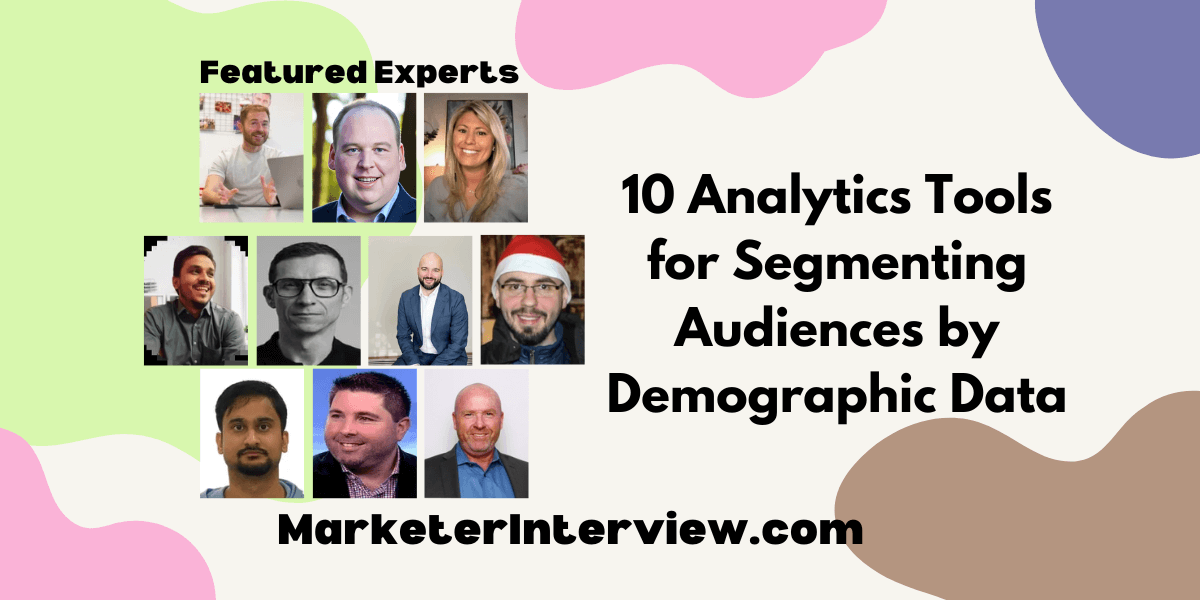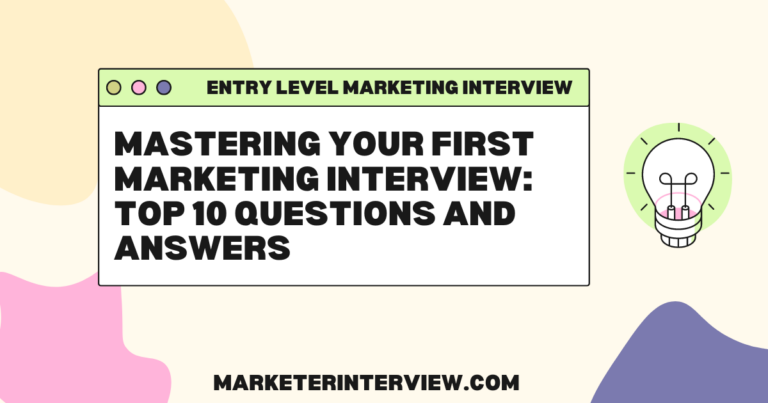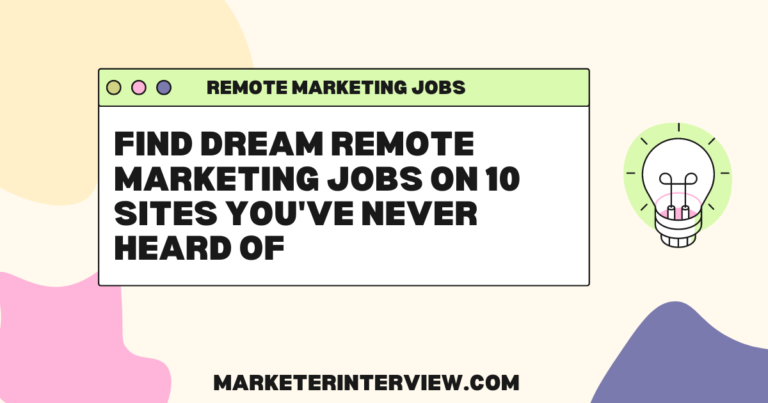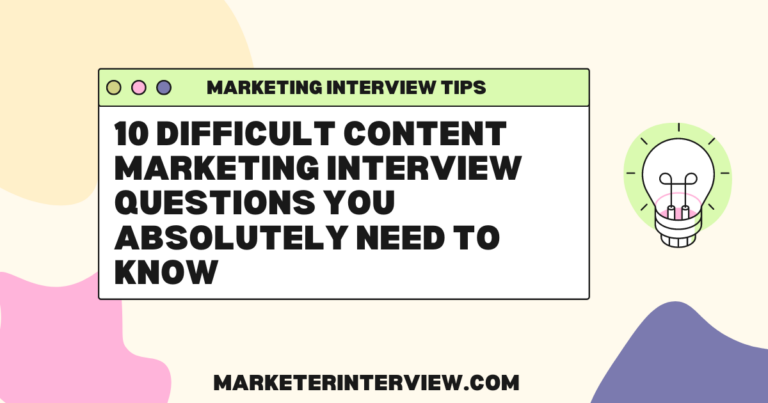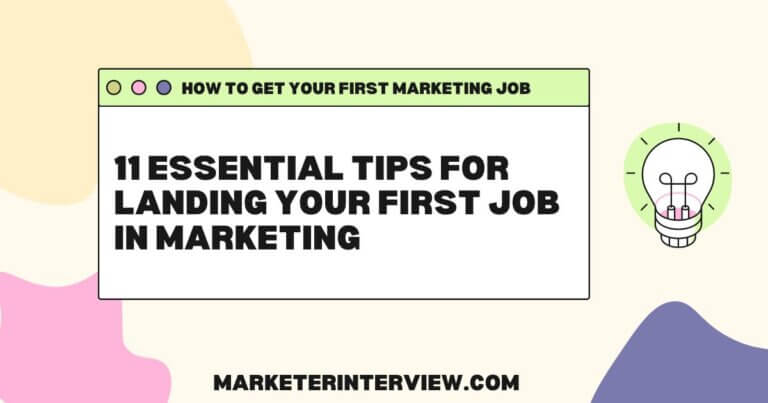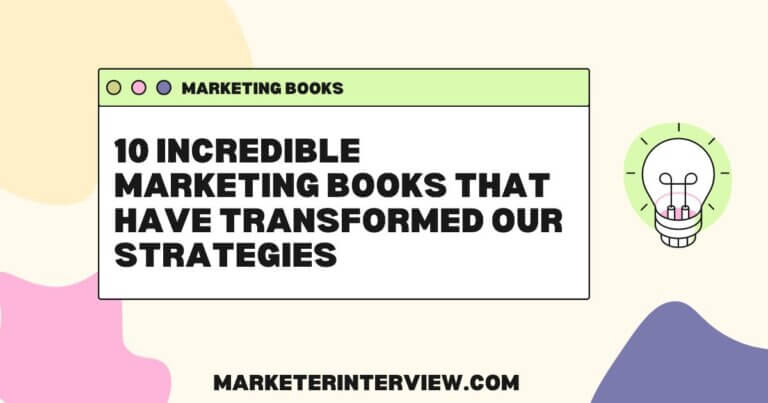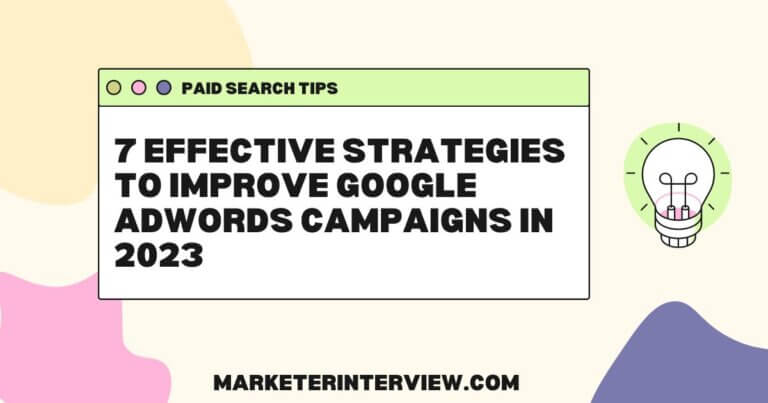10 Analytics Tools for Segmenting Audiences by Demographic Data
Navigating the intricate world of audience segmentation is made simpler with the right analytics tools. This article delves into the top solutions that leverage demographic data to fine-tune marketing efforts, featuring insights from seasoned industry experts. Discover the power of data-driven decision-making in optimizing audience reach and engagement.
Want to get quoted in MarketerInterview.com content just like this? Apply to become a contributor today!
Contents
- 1 Google Analytics Offers Versatile, Actionable Insights
- 2 Microsoft Clarity Combines Demographics With Session Analysis
- 3 SEMrush Enhances Marketing With Comprehensive Demographics
- 4 Power BI Boosts Retention With Regional Insights
- 5 Facebook Ads Manager Maximizes ROI With Specific Segments
- 6 SparkToro Delivers Deep Audience Insights
- 7 Zarp Identifies Key Agencies And Brands
- 8 Amplitude Combines Demographics With Behavioral Insights
- 9 HubSpot Improves Engagement With Localized Strategies
- 10 Mailchimp Optimizes Email Campaigns With Demographic Data
Google Analytics Offers Versatile, Actionable Insights
Google Analytics is my go-to tool for segmenting audience demographic data. It’s very reliable, widely used, and offers deep insights into age, gender, interests, and even device usage. The best part is that it’s free and integrates seamlessly with other platforms, making it accessible even for beginners.
I am recommending this because of its versatility and actionable insights. For instance, if your site has a higher conversion rate among a specific age group or gender, you can tailor your content, marketing campaigns, and even product offerings to better resonate with them. The demographic reports in Google Analytics help pinpoint who your visitors are and what they care about, making your strategy far more targeted and effective.
Setting it up is simple but does require linking your site to Google Ads or enabling advanced tracking settings. Once you’ve got it running, the “Audience” section breaks down demographics and interests clearly. I’ve used this to get trends that I wouldn’t have spotted otherwise. For example, I have noted that a significant portion of my traffic came from younger users who were primarily mobile. That insight pushed me to make my site more mobile-friendly and tweak my messaging to appeal to that demographic.
Another reason I favor Google Analytics is the level of segmentation it allows. You’re not just stuck with generic data. You can create custom segments, like analyzing the behavior of male users aged 25-34 who arrived via social media. This helps you to improve your strategy for different audience segments instead of treating all visitors the same.
Privacy updates and cookie restrictions can sometimes limit the data you see, so I also recommend pairing it with tools like Facebook Analytics or LinkedIn Insights if your audience is active on those platforms. These platforms provide additional demographic data specific to their users, filling in gaps left by Google Analytics.
In short, Google Analytics offers a detailed and customizable way to understand the audience. If you’re serious about data-driven decisions, you must use it. With its demographic segmentation, you can move beyond guessing who your visitors are and make informed choices to grow your business.

Ankit Prajapati, Owner, Consultant-Ankit
Microsoft Clarity Combines Demographics With Session Analysis
Microsoft Clarity is one of the best demographic audience segmentation tools ever. I think its power of combining demographics with session analysis gives you a more definitive view into the different audiences who visit a website. For instance, on a campaign with a luxury brand, Clarity identified that people 35-44 hopped over to high-ticket products, but then dropped the cart when it came time to pay. This realization gave us the ability to offer more accommodating payment options which increased checkout completes by 18%. Personally, I love Clarity’s heatmaps and session replays because it makes the data literally come to life – it’s one thing to know how a certain group of people acts in a certain way, but watching it unfold actually takes the data and gives it meaning.

Matthew Goulart, Founder, Ignite Digital
SEMrush Enhances Marketing With Comprehensive Demographics
I utilize SEMrush to segment my target audience based on their personas, and it has improved our marketing strategies. It has in-depth statistics not only on age groups but gender and location as well, courtesy of its Audience Insights and Market Explorer tools. For instance, when I focused on the audience’s luxury travel, I used SEMrush to get basic facts about the audience, which guided me in creating content that would have increased their engagement.
What sets SEMrush apart is its Competitor Analysis tools, which can assist in reporting on the demographics targeted by each competitor and in deploying appropriate response measures. It helped me to relocate the targeting to one of the segments with more value and increase the conversion for this target group by 30%.
All in all, SEMrush offers comprehensive, actionable data that can be utilized to improve campaigns and target the right audience. Every marketer focused on gender and age group segmentation should use this tool.

Soubhik Chakrabarti, CEO, Canada Hustle
Power BI Boosts Retention With Regional Insights
I’m excited to share that Microsoft Power BI has been a game-changer for understanding our gaming audience’s age groups and playing preferences across different regions. After noticing through Power BI that our 18-24 year old users in Asia were spending 3x more time on mobile games compared to desktop, we prioritized mobile-first development and saw our user retention improve by 25%.

Christian Marin, CEO, Freezenova
Facebook Ads Manager Maximizes ROI With Specific Segments
Facebook Ads Manager is my preferred tool for segmenting my audience based on demographic data. I’ve relied on it for years, and its ability to dig into specifics like job titles, family status, and education level has been invaluable. By tailoring campaigns to these precise segments, I’ve been able to maximize ad spend and see a real boost in ROI. The lookalike audience option is a feature I firmly believe in. It helps me find new potential customers who mirror the traits of our best-performing groups, allowing me to expand our reach while keeping it targeted. The real-time insights significantly enhance my ability to swiftly modify my campaigns according to their effectiveness. Facebook Ads Manager has truly been a game-changer in how I run my ads and has become essential for any marketing strategy I develop.

Brian Staver, CEO, NetPayAdvance.com
SparkToro Delivers Deep Audience Insights
I’m a big fan of SparkToro when it comes to audience segmentation and understanding demographic data. It’s an incredibly useful tool that helps you figure out what your audience is into—what they’re reading, who they’re following on social media, and even what podcasts they’re listening to. For a marketer like me who’s focused on crafting targeted campaigns that resonate, this level of insight is gold. SparkToro is easy to use, gives actionable data, and really helps you get inside the mind of your audience to create strategies that connect. It’s one of those tools I’d recommend to any marketer who wants to take their audience research up a notch.

Vincent Orleck, President, Social Media Club Phoenix
Zarp Identifies Key Agencies And Brands
In our SEO marketplace, I rely on Zarp for audience profiling because it gives me really clear insights into which agencies and brands are most likely to need specific SEO services. Last quarter, we discovered that mid-sized marketing agencies were particularly interested in our link-building services, which helped us tailor our outreach and content to better serve their needs.

Joe Davies, CEO, FATJOE
Amplitude Combines Demographics With Behavioral Insights
The analytics tool I use to segment my audience by demographic data is Amplitude. The reason why I recommend it is its ability to combine demographic information with detailed behavioral insights in a single platform. This means I can see not only basic data like age, location, or device type but also how specific groups of people are interacting with our content, services, or platforms over time.
Amplitude stands out for its event-tracking capabilities, which allow you to go deeper than surface-level metrics. You can set up custom events to understand key interactions, such as how often a particular demographic uses a feature or engages with a specific type of content. The platform makes it easy to visualize these patterns through clear reports and dashboards, which help you connect the dots between who your audience is and what they are doing.

Tracie Crites, Chief Marketing Officer, HEAVY Equipment Appraisal
HubSpot Improves Engagement With Localized Strategies
At Twin City Marketing, I use HubSpot for audience segmentation by demographic data. This tool offers robust capabilities, allowing me to dive deep into characteristics like location, age, and engagement level. For example, I used HubSpot to identify that most of our traffic was from Minneapolis-St. Paul residents, which enabled me to tailor our communication plans to local preferences, boosting engagement by 30%.
HubSpot’s seamless integration with our Digital PR strategies improves our approach by providing insights into segment-specific trends and behaviors. The clarity in data helps shape personalized campaigns, leading to significant improvement in our communication effectiveness. This tool’s advanced analytics empowered our strategies to align better with our audience’s needs and preferences. I use Google Analytics for audience segmentation by demographic data. Its comprehensive reporting capabilities allow me to segment audiences effectively by age, gender, interests, and geographic location. In my previous role at The Guerrilla Agency, we leveraged these insights to tailor our content strategy, resulting in a 25% increase in user engagement.
Google Analytics provides valuable insights into user behavior, which is critical for developing relevant and personalized marketing campaigns. By understanding which demographics interact most with specific content types, I can adjust strategies to optimize performance and engagement. This approach was instrumental in boosting a client’s organic traffic by 30% through targeted content adjustments.

Clayton Johnson TCM, Owner, Twin City Marketing
Mailchimp Optimizes Email Campaigns With Demographic Data
For email campaigns, Mailchimp’s Audience Dashboard provides quick demographic breakdowns. It shows who opens emails based on age, location, and purchase history. When we realized older audiences were more active on weekends, we adjusted our send times and boosted open rates. It’s intuitive and ideal for smaller campaigns.

Shane McEvoy, MD, Flycast Media
Want to get quoted in MarketerInterview.com content just like this? Apply to become a contributor today!
